Other names Sanada Nobushige Siblings Sanada Nobuyuki Parents Sanada Masayuki | Role Samurai Name Sanada Yukimura Grandparents Sanada Yukitaka | |
 | ||
Died June 3, 1615, Osaka, Osaka Prefecture, Japan Children Sanada Daisuke, Sanada Morinobu, Okane, Akuri, Naho Similar People | ||
Review : ชุดผ้า 1/6 Japan Samurai Sanada Yukimura [Coo Model]
Sanada Yukimura (真田 幸村, 1567 – June 3, 1615), actual name: Sanada Nobushige (真田 信繁), was a Japanese samurai warrior of the Sengoku period. He was especially known as the leading general on the defending side of the Siege of Osaka.
Contents
- Review 16 Japan Samurai Sanada Yukimura Coo Model
- Japanese samurai Sanada Yukimura 1 6 scale action figure review COOMODEL
- Early life
- Battle of Sekigahara and exile
- Siege of Osaka
- Winter siege of Osaka Castle
- Summer siege of Osaka Castle and Death
- Legends and popular depiction
- References
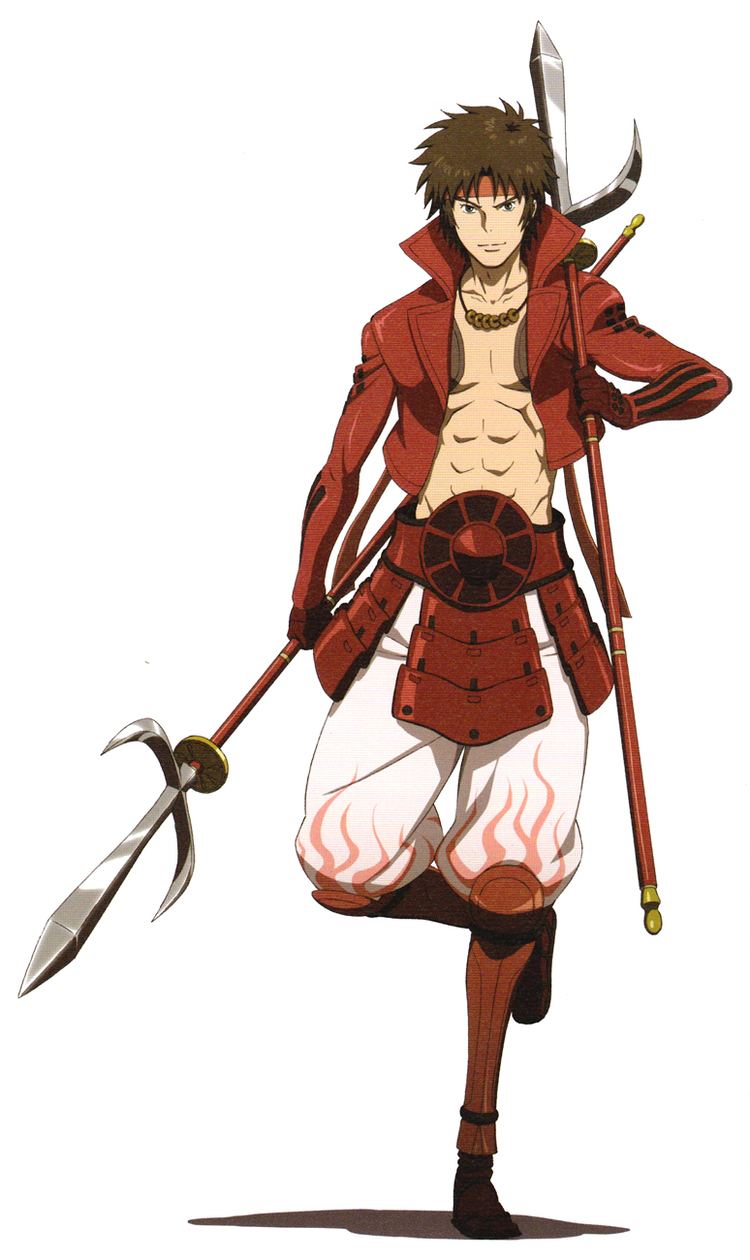
Yukimura was called "A Hero who may appear once in a hundred years", "Crimson Demon of War" and "The Last Sengoku Hero". The famed veteran of the invasion of Korea, Shimazu Tadatsune, called him the "Number one warrior in Japan" (日本一の兵).
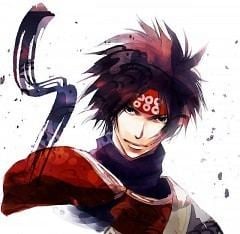
Japanese samurai Sanada Yukimura 1 6 scale action figure review COOMODEL
Early life
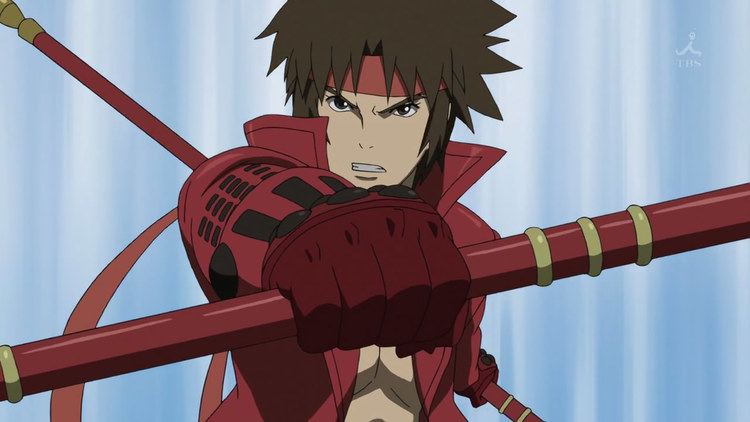
He was the second son of Sanada Masayuki (1544–1611). His elder brother was Sanada Nobuyuki. He was married to Chikurin-in (Akihime), daughter of Ōtani Yoshitsugu and adoptive daughter of Toyotomi Hideyoshi. They had three sons and some daughters, Daisuke (Yukimasa), Daihachi (Morinobu), Gonzaemon Yukishin (born after the death of his father 1615), Kurihime, Nahohime, Okane, Oume, Akurihime.

In 1575, the Battle of Nagashino claimed the lives of two of Sanada Masayuki's elder brothers. Masayuki, previously serving Takeda Shingen and Takeda Katsuyori as a retainer, inherited the Sanada clan and left for Ueda Castle. Yukimura also went, taking the Sanada name as well.
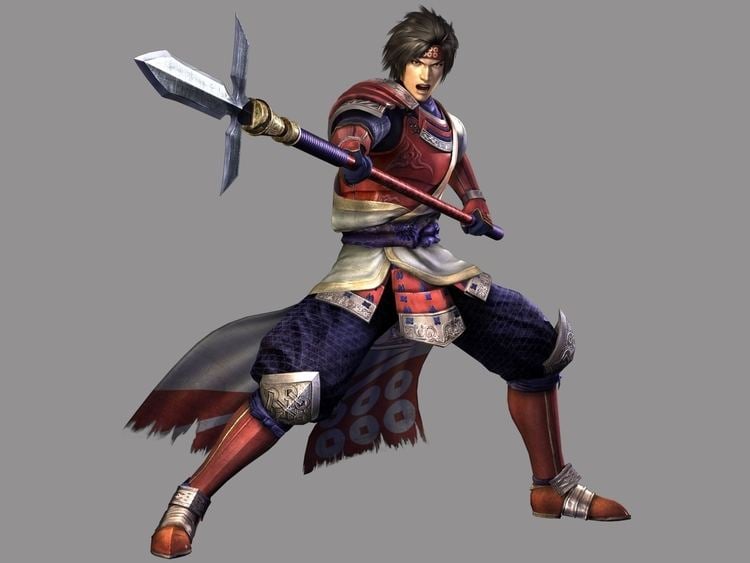
By 1582, the Oda-Tokugawa forces had destroyed the Takeda clan. The Sanada initially surrendered to Oda Nobunaga, but, after the incident at Honnō-ji, it became independent again, drifting between stronger daimyōs such as the Uesugi clan, the Late Hōjō clan, and the Tokugawa clan. Eventually, the Sanada clan became a vassal of Toyotomi Hideyoshi.
Battle of Sekigahara and exile
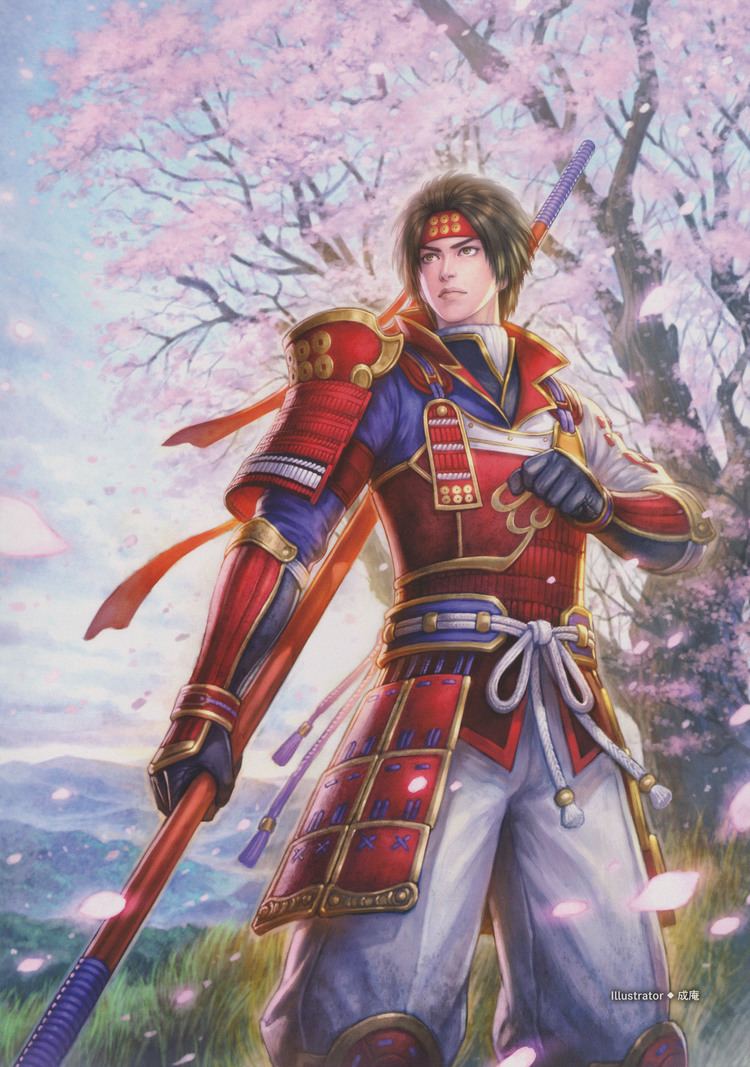
In 1600, before the Battle of Sekigahara, Tokugawa Ieyasu rallied various daimyōs to attack Uesugi Kagekatsu. The Sanada clan complied as well, but when Ishida Mitsunari decided to challenge Ieyasu, Masayuki and Yukimura joined the western forces, parting ways with Masayuki's eldest son and Yukimura's brother, Nobuyuki (真田 信之, originally 真田 信幸), who joined the eastern forces. It has been said that at first Yukimura followed Ieyasu but, after Ieyasu tried to seize his territory he betrayed Ieyasu. The true motive of Masayuki and Yukimura's decision is disputed with many theories, but there are two main schools of thought: in one, Masayuki made the decision (and Yukimura agreed); he expressed the willingness to take a gamble, so that if he were to join the weak side and win the battle, the Sanada would gain much more power. The other theory is the opposite where they planned a safety net; Masayuki, Yukimura, and Nobuyuki discussed the situation when Ieyasu asked them to state their allegiance clearly, and they decided to join separate sides, so that, regardless of the outcome of the battle, the Sanada clan would survive.
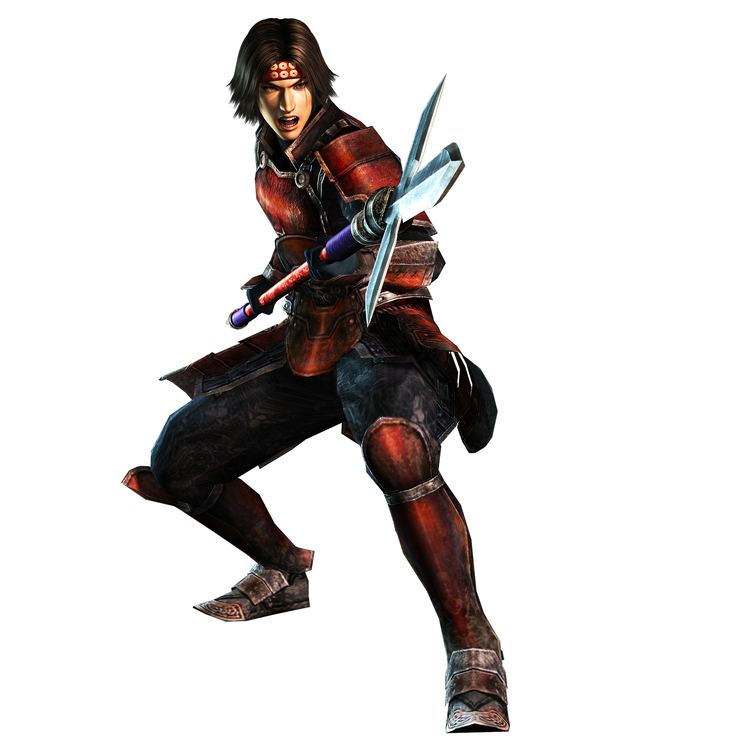
The Sanada retreated and fortified Ueda Castle. When Tokugawa Hidetada marched a sizable army on the Nakasendō, the Sanada resisted and were able to fight Hidetada's 40,000 men with only 2,000. However, as the castle did not fall in the short time that he expected, Hidetada gave up and joined the main Tokugawa army, too late however, to participate in the crucial Battle of Sekigahara. After the battle Masayuki's territory was seized and he and Yukimura were exiled to Mt. Koya in the Kii Peninsula. Ueda was given to Nobuyuki. Yukimura rose against the Tokugawa when the Winter Battle of Osaka Castle broke out in 1614.
Siege of Osaka
The siege of Osaka Castle was a series of battles undertaken by the Tokugawa shogunate against the Toyotomi clan, and ending in that clan’s destruction. Divided into two stages (Winter Campaign and Summer Campaign), lasting from 1614 to 1615, the siege put an end to the last major armed opposition to the shogunate’s establishment. The end of the conflict is sometimes referred to as the Genna Armistice (Genna Embu), because the era name was changed from Keichō to Genna immediately following the siege.
Winter siege of Osaka Castle
The winter campaign began on November 19, 1614; Osaka Castle siege commenced on December 4, 1614, and lasted until January 22, 1615, when truce was reached.
On November 19, Tokugawa forces (approx. 3,000 men) attacked a fort across the Kizu River, destroying it. A week later, Tokugawa forces attacked the village of Imafuku with 1,500 men against a defending force of 600. With the aid of a squad of arquebusiers, the Tokugawa claimed victory once again. Several more small forts and villages were attacked before the siege on Osaka Castle itself began on December 4, 1614. Yukimura built a small fortress called Sanada-maru in the southwest corner of Osaka Castle. The Sanada-maru was an earthwork barbican defended by 7,000 men under Yukimura's command. From there, he defeated the Tokugawa forces (approx. 30,000 men) with groups of 6,000 arquebusiers. The Shogun's forces were repeatedly repelled, and the Sanada troops launched a number of attacks against the siege lines, breaking through three times. Ieyasu then resorted to artillery, which included 17 imported European cannons and domestic wrought iron cannons, as well as sappers employed to dig under the walls of the fortress. The fortress was impregnable; the Tokugawa suffered many losses.
Ieyasu gave up trying to destroy the castle during this battle, and sued for peace with Toyotomi Hideyori. He proposed a condition for the reconciliation, i.e. to destroy the outer moat of the castle. When his envoy entered the castle grounds, they destroyed not only the outer moat but the inner moat as well.
Summer siege of Osaka Castle and Death
On June 3, 1615 (6th day of 5th month of 20 year of Keicho era), at the Battle of Dōmyōji, Sanada Yukimura was in command of the Osaka Army on the right wing and engaged in a battle with Date Masamune forces in the area of Emperor Ōjin's Tomb and Konda Hachiman Shrine. This fight took place at around 12:00 and by 5:00 PM Sanada Yukimura made the decision to retreat towards Osaka Castle.
On June 3, 1615 (7th day of 5th month of 20 year of Keicho era), at the Battle of Tennōji after hurrying back to Osaka castle, Yukimura found the massive Tokugawa force of nearly 150,000 moving into positions in order to make their final assault on the castle. As the Tokugawa units were still moving into formation, the Toyotomi forces launched a last ditch offensive with their approximate 54,000 to 60,000 troops that hoped to take the still loose Tokugawa formations off-guard. As the vanguard of the Tokugawa left flank under Matsudaira Tadanao marched to their positions, Yukimura’s troops charged down from Chausuyama (茶臼山) and fought with desperate abandon together with Mori Katsunaga's contingent. As Matsudaira’s line began to crumble, Ieyasu rushed his personal body of troops up to support Matsudaira and Yukimura saw his chance to smash through the center. If he could keep the center of the Tokugawa forces tied up long enough for Hideyori to sally out of the castle and lead a general charge on the exposed Tokugawa flank, the Toyotomi forces might have a chance at victory—or so he hoped. Thus, at this moment, Yukimura dispatched his son, Sanada Daisuke back to the castle to urge Hideyori to seize the moment and sally forward. But Hideyori was too late. As the fighting raged around him, the exhausted Yukimura collapsed on a camp stool. Nishio Nizaemon, a Tokugawa samurai, recognized Yukimura and charged forward, issuing a challenge. Unable to muster the strength to fight, Yukimura acknowledged who he was and took off his helmet. Seconds later, his life came to an abrupt end.
The grave of Sanada Yukimura is located in Yasui Shrine located to the west of Shitennoji Temple in Osaka.
Legends and popular depiction
According to primary historical sources and personal letters, he was never referred to as Yukimura. That name surfaced in a military novel written during the Edo period and has since been popularized in modern plays, books, novels, and different media of entertainment. The historical documents use his historical name "Nobushige".
A legend says that Yukimura had ten heroes who took an active role at the battles at Osaka Castle. They were called the Sanada Ten Braves, a group of ninja.
A myth says he indeed managed to kill Ieyasu, but the Ogoshō was replaced by a kagemusha (a decoy or doppelganger) called Ogasawara Hidemasa. This myth is a testimony to the respect modern Japanese have for Yukimura's skills as a military commander.
Another legend states that in the Winter of 1614, Tokugawa Ieyasu sent an envoy to Yukimura with a notice that if he were to abandon the Toyotomi cause that he would give his entire prefecture of Shinano and 10,000,000 koku. Yukimura laughed and posted the notice on the wall for all in the castle to see.
